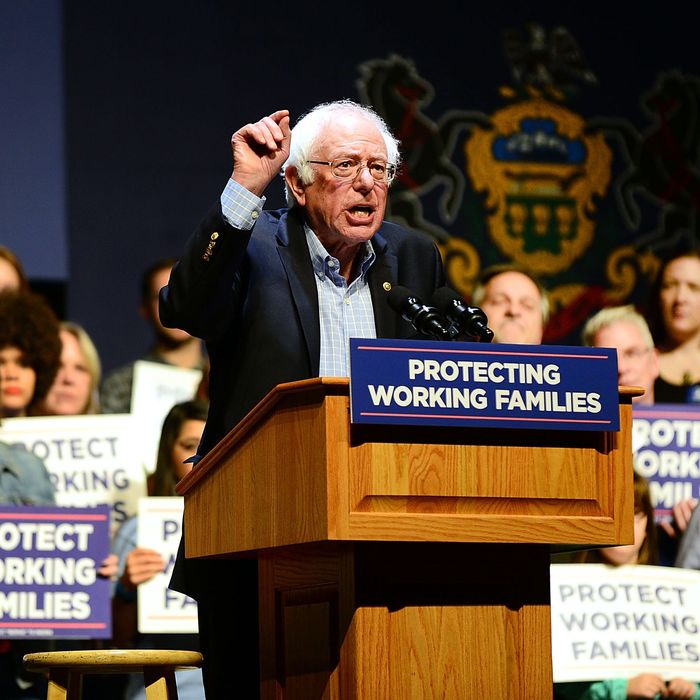

Unmasking the Radical Left’s Agenda: A Patriot’s Guide
The term “radical left” evokes strong reactions, often painted with broad strokes and fueled by misinformation. This isn’t about assigning blame or fueling partisan divides, but rather about understanding the diverse ideologies often grouped under this label and their potential implications for society. This guide aims to provide a nuanced look, encouraging critical thinking and informed engagement.
Deconstructing the Label:
The “radical left” isn’t a monolithic entity. It encompasses a spectrum of beliefs, from progressive liberalism advocating for social justice and economic equality to more radical movements pushing for systemic change through revolutionary means. Understanding the nuances within this spectrum is crucial to avoid generalizations.
Key Ideological Threads:
Several key themes often weave through various strands of the radical left:
-
Economic Equality: A central focus involves dismantling systemic inequalities, often targeting wealth disparity through policies like wealth taxes, stronger labor unions, and universal basic income. The degree of radicalism varies; some advocate for gradual reform, while others envision more drastic restructuring of the economic system.
-
Social Justice: This often translates into advocating for marginalized groups – racial minorities, LGBTQ+ individuals, and women – through policies addressing systemic discrimination and promoting inclusivity. The approaches range from affirmative action to more radical proposals for reparations.
-
Environmentalism: Deep concern for environmental degradation fuels many radical left movements. This translates into advocating for drastic reductions in carbon emissions, often pushing for government regulations and challenging capitalist models of resource consumption. Some advocate for eco-socialism, blending environmental concerns with socialist economic principles.
-
Anti-Imperialism: A strong opposition to foreign intervention and imperialism is prevalent, often advocating for non-interventionist foreign policy and challenging the influence of multinational corporations in global affairs.
Understanding the Tactics:
The radical left employs diverse tactics to achieve its goals, ranging from peaceful protests and civil disobedience to more confrontational approaches. Understanding these methods helps in evaluating their effectiveness and potential consequences.
| Tactic | Description | Potential Impact | Potential Backlash |
|---|---|---|---|
| Grassroots Organizing | Building community support and mobilizing voters. | Increased political participation, policy change | Perceived as overly aggressive or disruptive |
| Protests & Demonstrations | Public displays of dissent to raise awareness and pressure policymakers. | Public attention, potential legislative changes | Public disorder, negative media portrayal |
| Civil Disobedience | Deliberate law-breaking to challenge unjust laws. | Highlighting injustices, potential legal reforms | Arrest, legal repercussions, public criticism |
| Advocacy & Lobbying | Working within the system to influence policy through legal and political means. | Policy changes, legal protections | Lobbying battles, political gridlock |
| Digital Activism | Using online platforms to mobilize support and spread awareness. | Rapid dissemination of information, mobilization | Misinformation, online harassment, censorship |
Critical Evaluation:
It’s essential to approach discussions about the radical left with critical thinking. Examine the evidence presented, consider the source’s biases, and look for alternative perspectives. Avoid simplistic generalizations and engage in constructive dialogue to understand the complex issues at stake.
The Path Forward:
Engaging with differing ideologies requires open-mindedness and a willingness to understand opposing viewpoints. While disagreements may exist, fostering constructive dialogue and seeking common ground are crucial for a healthy democracy. Focusing on shared values and goals can pave the way for productive engagement and compromise, even with those holding significantly different beliefs. Ultimately, informed participation and thoughtful consideration are essential to navigating the complexities of modern political discourse.
Additional Information
Unmasking the Radical Left’s Agenda: A Deeper Analysis
The title “Unmasking the Radical Left’s Agenda” immediately signals a work operating within a specific ideological framework. Analyzing such a text requires understanding its inherent biases and the potential for misrepresentation or selective presentation of facts. While the book likely presents a critique of specific leftist policies and movements, a critical analysis necessitates examining its methodology, sourcing, and the overall narrative construction.
Potential Areas of Focus for Deeper Analysis:
-
Defining “Radical Left”: The book’s central argument hinges on its definition of “radical left.” This term is inherently vague and contested. A detailed analysis should unpack how the authors define this term, identifying the specific policies, movements, and individuals they include. Do they conflate moderate liberalism with radical leftism? Do they differentiate between various factions within the left (e.g., democratic socialists, anarchists, communists)? A comparison with established political science classifications would be crucial to assess the validity of their categorization.
-
Evidence and Sourcing: A thorough assessment requires examining the evidence presented in the book. Are the sources credible and unbiased? Does the book rely heavily on anecdotal evidence, opinion pieces, or selectively chosen statistics? The analysis should identify instances of potential bias, cherry-picked data, or logical fallacies. For example, if the book cites specific instances of violence or extremism, it’s crucial to determine whether these are representative of the broader movement or isolated incidents. Cross-referencing claims with independent, peer-reviewed research would be vital.
-
Specific Policy Criticisms: The book likely targets specific leftist policies (e.g., wealth redistribution, climate change initiatives, social justice programs). Analyzing these criticisms requires examining their economic, social, and environmental implications. For example, criticisms of wealth redistribution should be evaluated against existing economic models and evidence of their impact on income inequality. Claims about the inefficiency or negative consequences of climate policies should be compared with scientific consensus on climate change and the potential costs of inaction. Statistical data on the effectiveness of social justice programs would provide a valuable counterpoint to any negative assertions.
-
Historical Context and Comparison: Understanding the historical context is crucial. The book’s arguments should be compared with historical precedents of similar ideological critiques. How does the current “radical left” agenda compare to past movements labeled as radical or extremist? Analyzing the historical context helps determine whether the current concerns are novel or represent a recurring pattern of political discourse.
-
Narrative Construction and Rhetorical Devices: The analysis should explore the narrative structure employed by the authors. Do they frame the “radical left” as an existential threat? Do they utilize emotional appeals, fear-mongering, or other rhetorical devices to persuade the reader? Identifying these techniques is crucial to understanding how the book constructs its argument and its intended impact on the audience.
-
Potential Counterarguments and Alternative Perspectives: A complete analysis must consider counterarguments and alternative perspectives. The book’s claims should be compared with the positions of academics, policymakers, and commentators who hold different viewpoints. Acknowledging and engaging with these dissenting voices is crucial for presenting a balanced and nuanced assessment.
Example: If the book criticizes the “defund the police” movement, a deeper analysis would require examining the diverse perspectives within this movement, analyzing the data on crime rates in cities that have implemented police reform, and comparing these outcomes with cities that have not. Simply citing anecdotal evidence of increased crime would be insufficient; a robust analysis would need to consider a multitude of factors and present a statistically sound comparison.
By undertaking such a rigorous analysis, we can move beyond a simple summary of the book’s claims and engage with its underlying arguments in a critical and informed manner. This deeper analysis would produce a more valuable and insightful assessment of the book’s merits and limitations.







